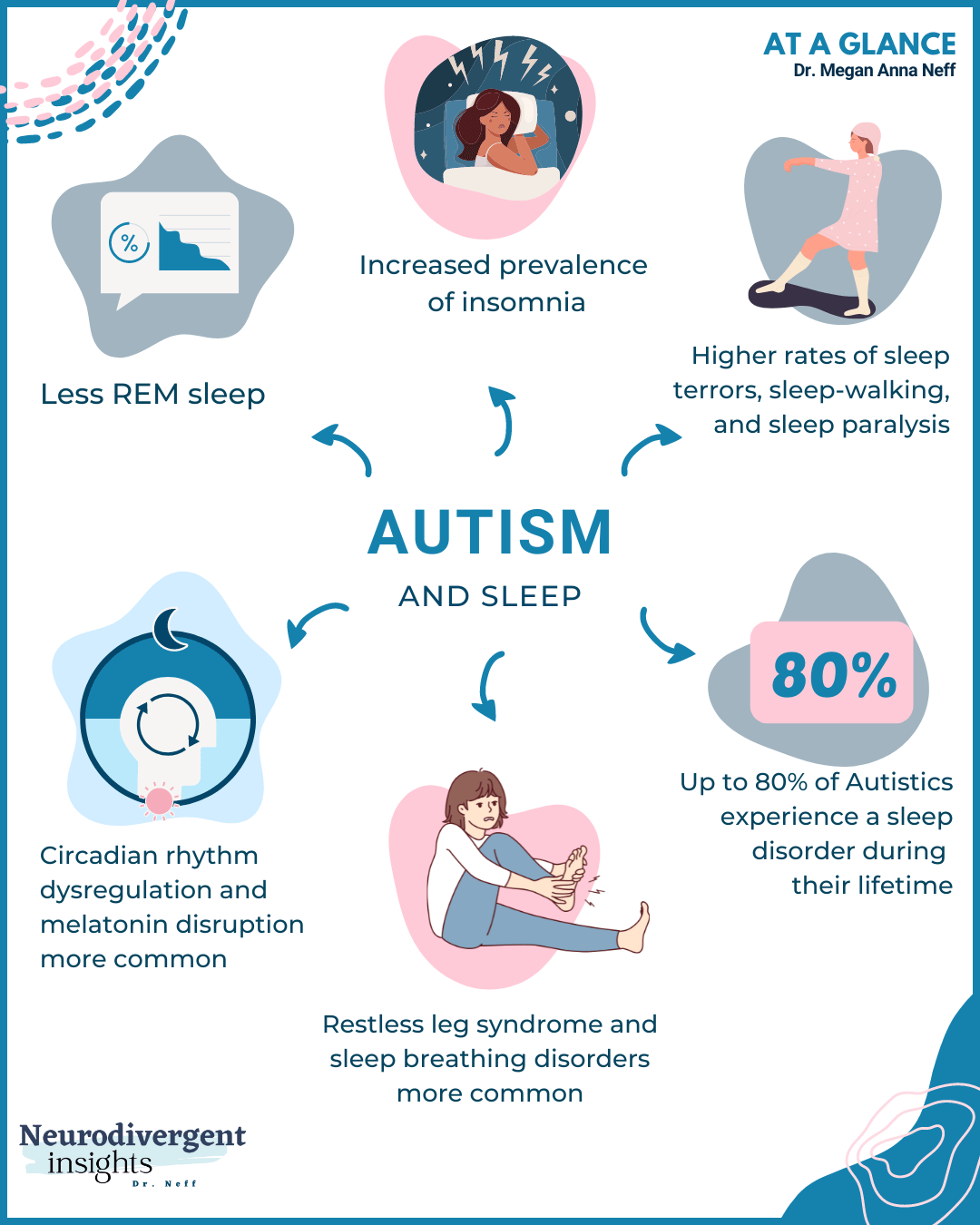Ingenious Therapies and Treatments: Advancements in Autism Research Study
Ingenious Therapies and Treatments: Advancements in Autism Research Study
Blog Article
Checking Out Autism: Methods for Effective Interaction and Interaction
Reliable communication and interaction with individuals on the autism range require an extensive understanding of their unique requirements and preferences. The details of these techniques reveal more factors to consider that merit exploration, specifically in exactly how they can be adjusted to diverse contexts and specific experiences.
Comprehending Autism Range Disorder
Autism Range Problem (ASD) includes an array of neurodevelopmental problems characterized by difficulties in social interaction, communication, and recurring behaviors. The term "range" reflects the varied indications and varying levels of severity experienced by individuals with ASD. While some might exhibit significant disabilities, others may display high-functioning traits, permitting for greater freedom in daily life.
The beginning of ASD usually takes place in early childhood, with indications usually identifiable by age 2. Early indications may consist of delayed speech development, limited eye call, and troubles in comprehending social signs. Although the exact etiology of ASD stays vague, study suggests a combination of genetic and environmental factors plays a critical function in its advancement.
As a result, treatments and support customized to private requirements are important for fostering communication and social skills. Identifying the complexity of ASD is vital for advertising awareness, approval, and efficient techniques that facilitate significant interactions with people on the spectrum.

Importance of Clear Communication
Reliable interaction is crucial for promoting understanding and connection, particularly for people with Autism Range Condition (ASD) Clear communication not only facilitates social communications yet likewise improves the individual's capability to reveal their feelings, thoughts, and demands. For individuals with ASD, the nuances of language can often be testing; as a result, using distinct and simple language is important.
Moreover, clear communication aids decrease disappointment and anxiety that might occur from misconceptions. When messages are conveyed in a consistent and straight manner, people with ASD are much better outfitted to translate information properly, which can dramatically boost their social interaction and involvement in various settings.
Developing routines and making use of visual assistances can even more boost clear interaction. These methods offer people with predictable structures that aid understanding and retention of info. Additionally, actively being and listening individual during interactions advertises a helpful atmosphere where people with ASD feel valued and understood.
Eventually, focusing on clear communication not just equips individuals with ASD yet additionally promotes even more significant links with their peers, caretakers, and the broader neighborhood, leading the method for collective relationships and inclusive interactions. - autism
Non-Verbal Interaction Methods
Interaction expands beyond words, and for people with Autism Spectrum Problem (ASD), non-verbal signs play a substantial function in interactions. Non-verbal interaction strategies can include faces, gestures, body movement, and eye call, every one of which function as vital parts for communicating purposes and feelings.
Recognizing and analyzing these non-verbal signals can boost communications with people with ASD. For example, a cozy smile or open posture can create an inviting ambience, encouraging engagement. Making use of aesthetic aids-- such as photo cards or icons-- can bridge interaction gaps and aid convey messages more properly.
It is likewise essential to be mindful of individual space, as people with ASD might have various convenience degrees relating to distance. Observing their responses to physical nearness can inform proper changes.

Producing Helpful Environments
Producing a helpful atmosphere is essential for cultivating positive communications and enhancing the wellness of people with Autism Range Problem (ASD) Such settings can considerably reduce anxiousness and develop a feeling of safety and security, allowing people to reveal themselves more openly.
To achieve this, it is important to consider sensory sensitivities that individuals with ASD may experience. Modifying the physical space to include soft illumination, minimal history noise, and comfy seating can develop a relaxing ambience. In addition, utilizing consistent routines and clear aesthetic timetables can assist people anticipate shifts and decrease uncertainty, further promoting convenience.
Social areas should be Get More Info structured to decrease overwhelming stimuli while giving chances for involvement in favored activities. Facilitating areas designated for silent time can likewise serve as a refuge during moments of tension. Importantly, including aspects of choice equips individuals, allowing them to exercise company in their setting.

Urging Social Communications
Promoting social interactions amongst individuals with Autism Range Condition (ASD) needs willful techniques that focus on convenience and involvement. Developing foreseeable regimens can aid reduce anxiety, making social setups much more friendly. Creating structured environments with specified duties and roles permits individuals to involve without the frustrating stress of unstructured social dynamics.
Integrating interests and staminas into social activities browse this site can offer as a stimulant for communication. For instance, organizing group activities around shared leisure activities or topics of fascination can facilitate natural conversations and links. In addition, using visual assistances, such as pictorial routines or social scripts, can aid in recognizing social signs and assumptions.
Modeling proper social habits is essential - autism. Peers and adults ought to demonstrate effective interaction techniques, including active listening and turn-taking. Role-playing scenarios can also provide a safe space for people to exercise these abilities
Lastly, promoting peer partnerships via inclusive practices is important. Encouraging comprehensive playdates or team getaways can develop possibilities for socialization in a comfy setup. By carrying out these caregivers, instructors and methods can significantly boost social communications for individuals with ASD, advertising their general social development and health.
Conclusion
Finally, efficient communication and communication strategies are necessary for supporting people with Autism Spectrum Disorder. Stressing clear language, integrating non-verbal signs, and establishing foreseeable regimens considerably boost engagement and minimize helpful site anxiety. Creating helpful settings fosters risk-free social communications, while encouraging shared passions facilitates significant links. Ultimately, these methods empower individuals with autism to browse social landscapes, advertising their total well-being and allowing the growth of lasting relationships.
Efficient communication and communication with people on the autism range require a thorough understanding of their unique needs and preferences. Clear communication not only helps with social interactions however likewise improves the individual's capacity to express their thoughts, emotions, and requirements.Fostering social interactions among people with Autism Range Condition (ASD) needs deliberate techniques that prioritize convenience and involvement. By implementing these caretakers, approaches and teachers can significantly boost social communications for individuals with ASD, advertising their general social advancement and well-being.
In verdict, reliable communication and interaction approaches are crucial for supporting people with Autism Range Disorder.
Report this page